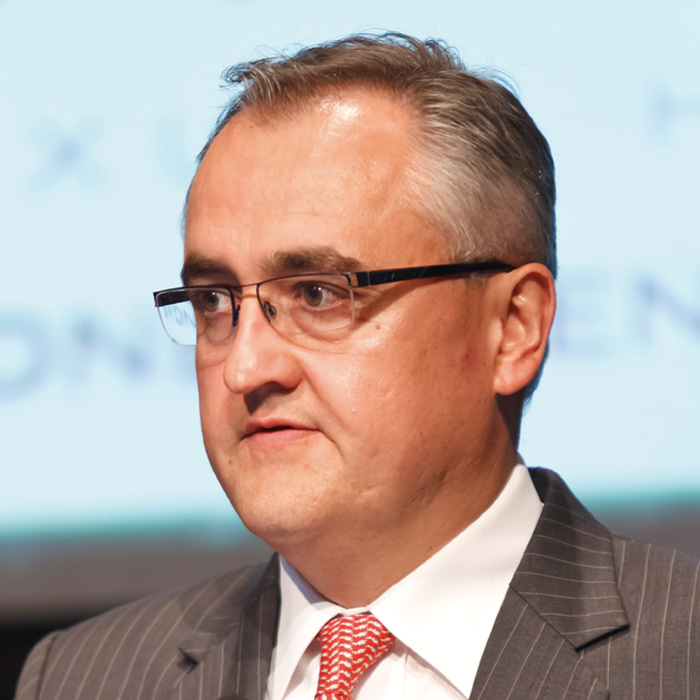The next marginal buyer
Australian high-grade issuers have been very active in seeking out new pockets of investors. Market participants discuss where the next new buyers might come from.
DONALDSON One area which has clearly expanded over the last couple of years, out of Japan and Asia broadly, is bank investment in the government bond market and using repo to fund exposures. This plays through to either a collateral swap-type trade or the futures-government trade in Australia.
These trades don’t look quite as attractive as they used to. Futures and cash bonds are trading more tightly than they were. We have also seen some pressure from the need for funding come through on repo.
Nevertheless, these players continue to search the globe for opportunities and, we have seen this presence grow as this type of arbitrage trade out of Australia remains relatively attractive. According to recent Reserve Bank of Australia data, the size of the repo book has reached new highs – so this element is clearly growing.
GALT Asian investors are well known for their appetite for duration and this is likely to continue. The ebb and flow of the cross-currency basis may prove advantageous at times for certain locations. However, issuers with consistent marketing and investor-engagement programmes will be well placed to capitalise on these movements over time.
EVERITT Government and semi-government issuers have been very active in seeking out new pockets of investors. It is without question that issuers must keep marketing to accounts in north-east Asia, including Japan and Taiwan, and some of the Hong Kong- and Singapore-based investors. For duration, it is important they keep in front of European buyers. US investors remain very patchy and the Australian market simply doesn’t make sense for them in the context of the Australian-US spread differential and currency being where they are.
What may be interesting down the track are potential opportunities arising from inflation-based investors looking for new product. Clearly this is more of an Australian Office of Financial Management (AOFM) story than one that relates to the semis.
But engagement may return over the next couple of years as investors start to get a better handle on understanding global inflation and what this means based on where yields are.
WHETTON I agree that issuers aren’t going to uncover multiple new investors. Borrowers appear be looking to term out their debt further, which seems the sensible thing to do given a rise in yield across the board over time from here. They may find some investors don’t want duration as yields start to rise – which may make things a little more challenging.
GRICE It is still very much about finding the marginal investor. Unearthing new investors is critical and issuers can never be complacent.
MCCOLOUGH I don’t believe issuers need to find a whole new investor subset to be able to fund as their programmes evolve over the coming years. Will Grice and I quite often ask each other who the marginal investor will be – not necessarily in a negative sense but to follow the ebbs and flows.
Marginal relative value is what attracts the marginal investor, and in this context timing becomes all the more important. Australian government-sector issuers are all very good at timing and at targeting appropriate maturities and product types to investor needs. This is more important than uncovering new sources of funding.






